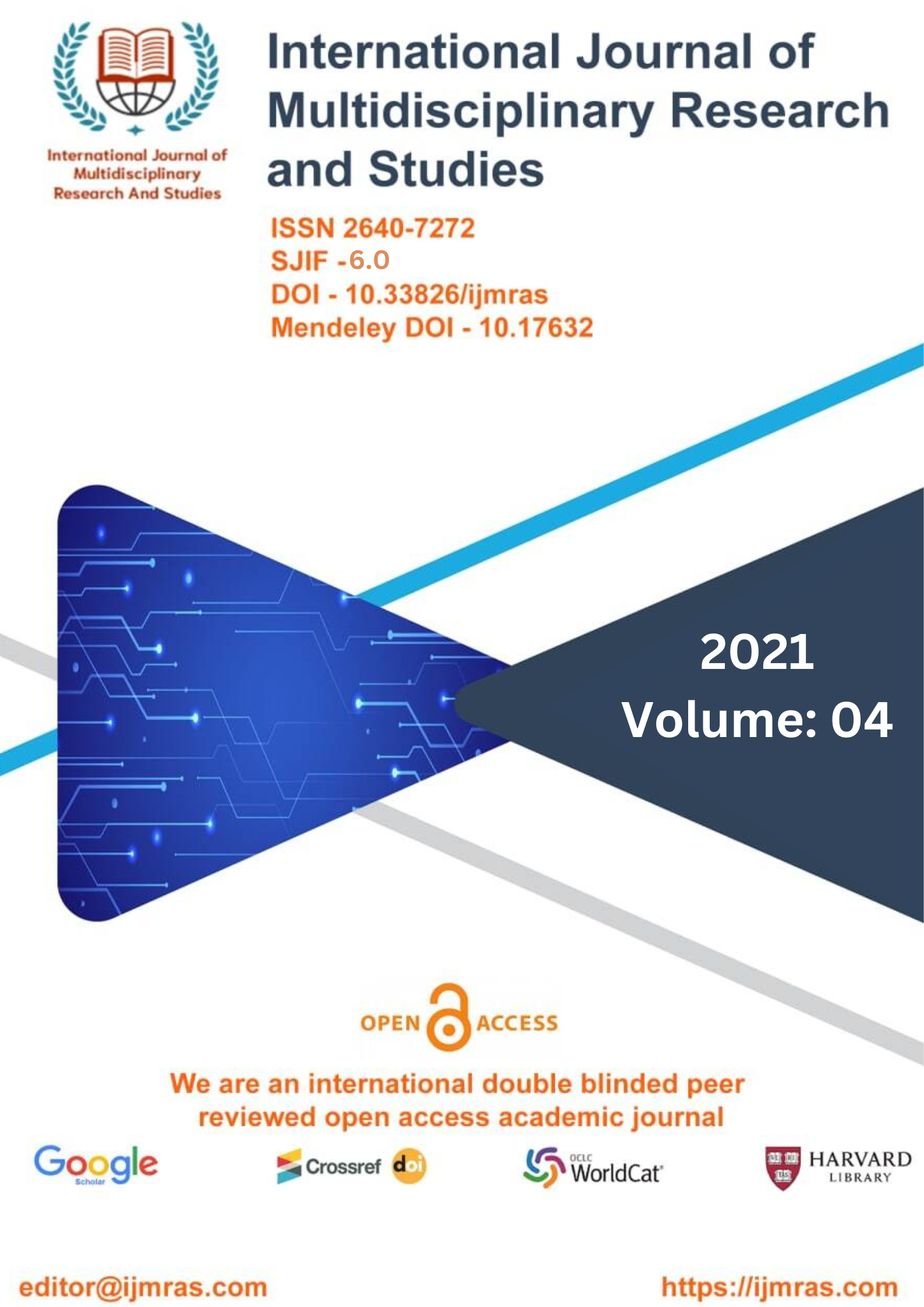SECURE CLUSTERING AND TRUSTWORTHY ROUTING PROTOCOL IN WIRELESS SENSOR NETWORKS

Abstract
Wireless Sensor Networks, also known as WSNs, are gaining in popularity as a potentially useful technology owing to the diverse array of applications that may be carried out using them. This is one of the reasons why they are called "WSNs." The monitoring of the environment is only one of many applications; others include those in the industrial, military, and civilian domains respectively. On the other hand, it is vulnerable to a wide variety of attacks of different sorts. The adversary was successful in compromising a node, which led to the loss of all data packets that were routed through that node. The data packets were lost as a consequence of the node being compromised. The amount of energy that can be pulled from batteries places severe limitations on the performance of sensor nodes, which in turn decreases the network's durability and overall quality. Because of this, it is very necessary for wireless sensor networks (WSNs) to make the most of the lifetime of their nodes and minimize the amount of bandwidth they require by coordinating locally among sensor nodes.
Keywords
Clustering, Trustworthy, Wireless, Wireless Sensor, Compromising A NodeHow to Cite
References
S. H. Yang, “Introduction,” in Wireless Sensor Networks, Signals and Communica- tion Technology, pp. 1–6, Springer London, 2014.
Y. Yu, V. K. Prasanna, and B. Krishnamachari, Information Processing and Routing in Wireless Sensor Networks. World Scientific Pub., 2006.
M. Zungeru, L. M. Ang, and K. P. Seng, “Classical and swarm intelligence based routing protocols for wireless sensor networks: A survey and comparison,” Journal of Network and Computer Applications, vol. 35, no. 5, pp. 1508–1536, 2012.
K. Akkaya and M. Younis, “A survey on routing protocols for wireless sensor net- works,” Ad Hoc Networks, vol. 3, no. 3, pp. 325–349, 2005.
K. Dwivedi and O. P. Vyas, “Network layer protocols for wireless sensor networks: Existing classifications and design challenges,” International Journal of Computer Applications, vol. 8, no. 12, pp. 30–34, 2010.
Abbasi and M. Younis, “A survey on clustering algorithms for wireless sensor networks,” Computer Communications, vol. 30, no. 14-15, pp. 2826–2841, 2007.
L. M. Arboleda and N. Nasser, “Comparison of clustering algorithms and proto- cols for wireless sensor networks,” in IEEE Canadian Conference on Electrical and Computer Engineering, pp. 1787–1792, 2006. A. Dabirmoghaddam, M. Ghaderi, and C. Williamson, “On the optimal randomized clustering in distributed sensor networks,” Computer Networks, vol. 59, no. 0, pp. 17
E. A. Khalil and B. A. Attea, “Energy-aware evolutionary routing protocol for dy- namic clustering of wireless sensor networks,” Swarm and Evolutionary Computation, vol. 1, no. 4, pp. 195–203, 2011.
P. Kuila and P. K. Jana, “A novel differential evolution based clustering algorithm for wireless sensor networks,” Applied Soft Computing, vol. 25, no. 0, pp. 414 – 425, 2014.
P. Kuila and P. Jana, “Approximation schemes for load balanced clustering in wireless sensor networks,” The Journal of Supercomputing, vol. 68, no. 1, pp. 87–105, 2014.
P. Kuila, S. K. Gupta, and P. K. Jana, “A novel evolutionary approach for load balanced clustering problem for wireless sensor networks,” Swarm and Evolutionary Computation, vol. 12, no. 0, pp. 48 – 56, 2013.
W. Heinzelman, A. Chandrakasan, and H. Balakrishnan, “An application-specific protocol architecture for wireless microsensor networks,” IEEE Transactions on Wireless Communications, vol. 1, no. 4, pp. 660–670, 2002.
License
Copyright (c) 2021 Mukesh Kumar Singh

This work is licensed under a Creative Commons Attribution 4.0 International License.
Individual articles are published Open Access under the Creative Commons Licence: CC-BY 4.0.




